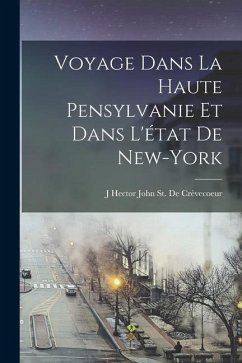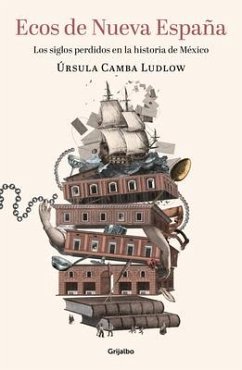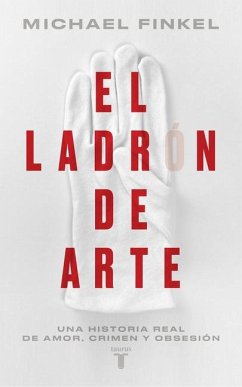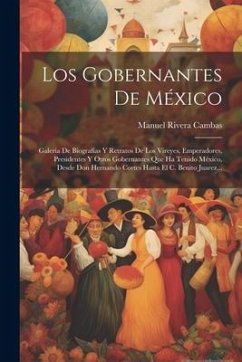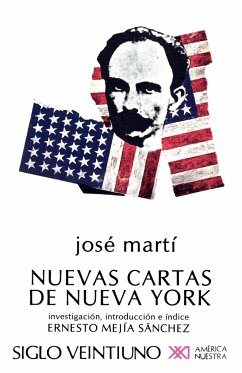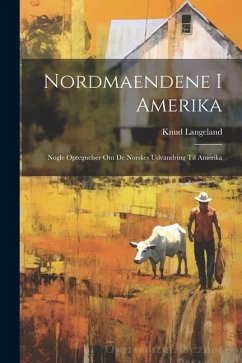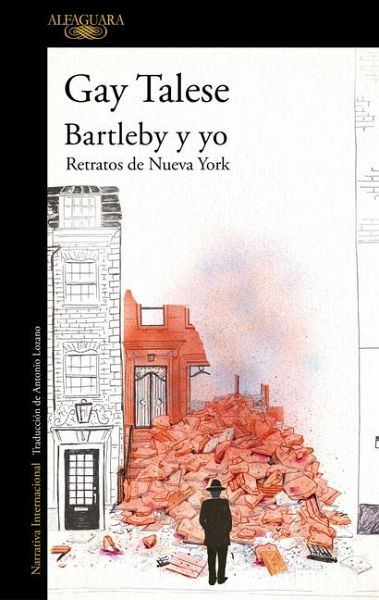
Bartleby Y Yo: Retratos de Nueva York / Bartleby and Me: Reflections of an Old Scrivener
Versandkostenfrei!
Versandfertig in über 4 Wochen
18,99 €
inkl. MwSt.

PAYBACK Punkte
9 °P sammeln!
La despedida de una 'leyenda literaria' (New York Magazine) Una mirada atrás a su carrera y una última historia para el futuro de una gran ciudad 'Un clásico moderno'. El País 'Un paseo por placer. [?] Una trama para la eternidad'. New York Times Book Review 'Nueva York es una ciudad de cosas que se pasan por alto', escribió hace sesenta años un joven reportero llamado Gay Talese, que pasaría el resto de su carrera desafiando su propia afirmación al prestar atención a aquellos detalles que los demás escogían ignorar y convirtiéndose así en uno de los padres del Nuevo Periodismo. A...
La despedida de una 'leyenda literaria' (New York Magazine) Una mirada atrás a su carrera y una última historia para el futuro de una gran ciudad 'Un clásico moderno'. El País 'Un paseo por placer. [?] Una trama para la eternidad'. New York Times Book Review 'Nueva York es una ciudad de cosas que se pasan por alto', escribió hace sesenta años un joven reportero llamado Gay Talese, que pasaría el resto de su carrera desafiando su propia afirmación al prestar atención a aquellos detalles que los demás escogían ignorar y convirtiéndose así en uno de los padres del Nuevo Periodismo. Ahora, a sus más de noventa años e inspirado en el memorable personaje de Melville, Talese echa la vistaatrás para recordar a todas esas personas anónimas que definen una ciudad como Nueva York, desde el escritor de obituarios del New York Times hasta el entorno de Frank Sinatra, o el doctor Nicholas Bartha, un moderno Bartleby que prefirió volar por los aires su edificio en el Upper East Side, muriendo y matando en el acto, antes que renunciar al sueño americano. Retratos agudos de aspirantes a ricos, inmigrantes en apuros, magnates rusos e incluso un traidor durante la Guerra de laIndependencia que configuran una ciudad caleidoscópica y suponen una última mirada atrás en esta obra de despedida del gran maestro en el arte de contar historias. La crítica ha dicho... 'Un orador impecable y encantador. [...] Una auténtica delicia'. PublishersWeekly 'Puede que los fans de Talese ya estén familiarizados con muchos de susrecuerdos, pero los nuevos lectores descubrirán a un astuto observador. Testimonios sinceros de un icono del nuevo periodismo'. Kirkus 'Si hay un hombre que ha sido capaz de captar la Nueva York silenciosa, los mecanismos secretos de una ciudad que nunca duerme, ese hombre es Gay Talese [?]. Sus lectores pueden agradecer que a lo largo de su carrera no haya perdido su mirada, algo que oscila entre lo localista y lo foráneo, un estilo que mantiene el hechizo de las luces como si las vierasiempre por primera vez: Talese es un neoyorquinode ley, pero nunca olvida que nació en Ocean City, en el estado de Nueva Jersey'. José Heinz, Jot Down 'Talese es considerado un virtuoso en el género del Nuevo Periodismo. Ahora, a sus 91 años, ha publicado unas breves y cautivadoras memorias [?] meticulosamente relatadas[?] y fascinantes [?]. Talese no ha perdido nada del arte que tanto le caracteriza'. The Wall StreetJournal 'El estilo de Talese es libre de espíritu y amable, repleto de frases ricas en datos pero perfectamente equilibradas que invitan al lector a relajarse y leer con placer'. The Washington Post 'Un memoir incomparable'. The Air Mail



